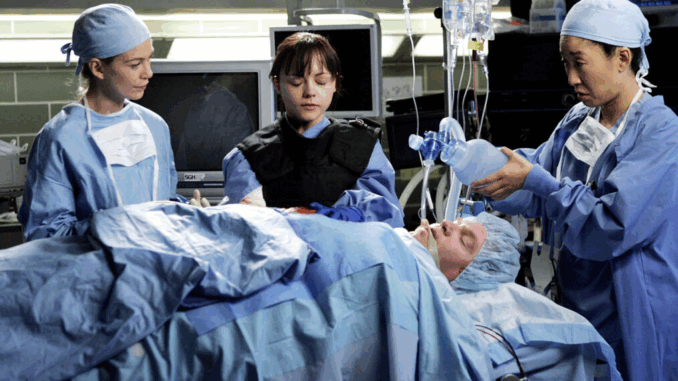
Popular medical drama Grey’s Anatomy has long reflected the real-life challenges of the American healthcare system. The show has addressed a myriad of issues that resonate with both doctors and patients alike. By depicting these problems, it offers viewers a peek into the complexities of healthcare in America. Here are five times Grey’s Anatomy mirrored major medical challenges in the United States.
#1
Addressing healthcare inequality
One storyline shed light on the differences in healthcare access between different socioeconomic groups. It illustrated how people from lower-income backgrounds often find themselves unable to afford adequate medical care due to financial constraints and lack of insurance coverage. This parallels real-world numbers, where around 9% of Americans are still uninsured, affecting their ability to seek necessary treatments.
through
#2
Mental health awareness
The show has also tackled mental health issues, making them an appropriate topic of discussion in the medical community. Characters have tackled depression, anxiety, and PTSD, mirroring how mental health has gained prominence in today’s world. In fact, nearly 20% of adults in America suffer from mental illness every year, underscoring the need for more support and resources.
through
#3
Organ donation challenges
Organ donation is another critical issue portrayed on Grey’s Anatomy. The show has depicted the emotional and ethical dilemmas surrounding organ transplants. In real life, over 100,000 people are on transplant waiting lists in America at any given time, underscoring the urgent need for more donors.
through
#4
Impact of medical errors
Medical errors have been a recurring theme on Grey’s Anatomy, showing what they could mean for a patient’s life. These storylines reflect a major challenge within healthcare systems across the globe. According to studies, medical errors account for many preventable deaths every year in America alone.
through
#5
Navigating pandemic situations
The show recently tackled pandemic scenarios that mirror global health crises like COVID-19. It explored how hospitals manage overwhelming patient loads while ensuring staff safety during such events. This portrayal resonates with real-world experiences where hospitals faced unprecedented challenges during pandemics affecting millions globally, including economic impacts reaching billions of dollars across various sectors.
